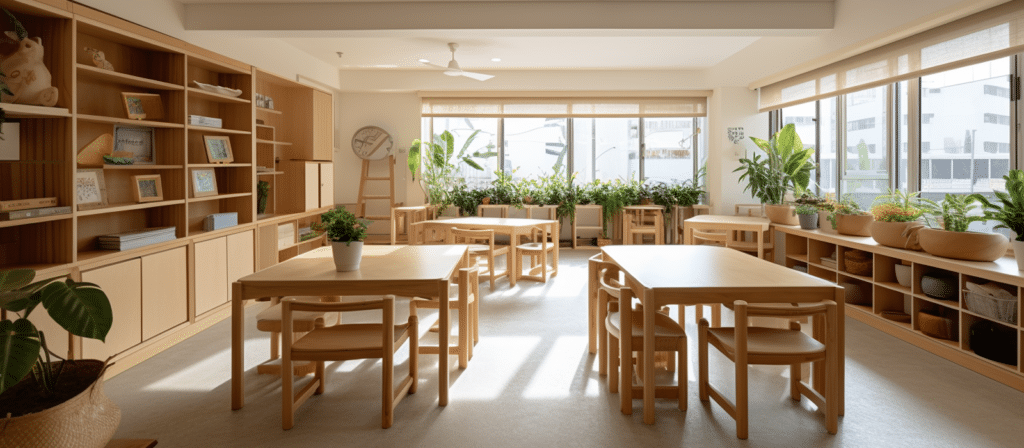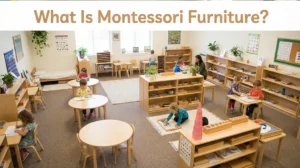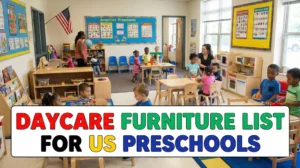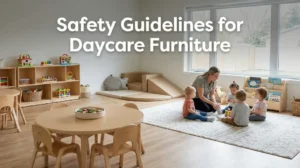Are you looking for innovative ways to create inclusive and supportive learning environments for special needs children? Join us on a journey to discover the world of adaptive preschool furniture designed to meet the unique needs of these exceptional learners.
Adaptive Preschool Furniture for Special Needs Children is a critical component in fostering a learning environment that promotes inclusivity, comfort, and independence. Tailored to the specific requirements of each child, this furniture empowers them to thrive in a preschool setting.
What is Adaptive Preschool Furniture?
Adaptive preschool furniture refers to specially designed furniture that is adjustable and customized to meet the unique needs of special needs children. It takes into consideration factors such as mobility, sensory integration, and comfort to create an environment that promotes learning and development. Whether it’s adjustable tables and chairs, sensory-friendly seating, or supportive cushions, adaptive furniture plays a crucial role in facilitating an inclusive and supportive learning environment.
Why is Adaptive Furniture Important?
Adaptive preschool furniture is important because it provides special needs children with the necessary support and accommodations they need to thrive in a classroom setting. Traditional furniture often fails to meet the diverse needs of these children, leading to discomfort, distraction, and hindered learning. By investing in adaptive furniture, we can create an environment that fosters independence, engagement, and overall well-being.
One of the key benefits of adaptive furniture is its adjustability. It allows for easy customization, ensuring that each child has a comfortable and ergonomic seating arrangement. Whether it’s adjusting the height of a chair or modifying the angle of a table, adaptive furniture empowers children to find their optimal position for learning. This adaptability promotes better posture, reduces fatigue, and enhances concentration, all of which are essential for a productive learning experience.

How does adaptive furniture enhance inclusivity?
One of the key benefits of adaptive preschool furniture is that it accommodates a wide range of physical and cognitive challenges. Children with mobility impairments can benefit from specially designed chairs with wheels or adjustable heights, enabling them to move around the classroom with ease. Additionally, children with sensory processing disorders can find comfort and support through furniture that incorporates sensory elements such as textures, colors, and tactile features.
By providing a variety of seating options, such as bean bags, floor cushions, and rocking chairs, special needs children can choose what works best for them, promoting a sense of autonomy and self-expression. Inclusivity goes beyond physical accessibility; it involves creating an environment that embraces the unique needs of every child, and adaptive furniture is a crucial component of achieving this goal.
How does adaptive furniture promote learning opportunities?
Adaptive preschool furniture is not just about meeting physical needs; it also creates an environment that fosters learning and engagement. By allowing children to find comfortable seating positions, adaptive furniture reduces distractions and discomfort, enabling them to focus on classroom activities. This, in turn, leads to improved concentration, participation, and overall academic performance.
Moreover, adaptive furniture can be tailored to support specific educational strategies and therapies. For instance, furniture with built-in sensory features, such as fidget elements or textured surfaces, can help children with sensory processing difficulties to self-regulate and maintain focus. Similarly, adjustable desks and tables can accommodate different learning styles and facilitate collaborative activities, encouraging social interaction and teamwork among students.
Incorporating adaptive furniture into preschool classrooms not only creates a conducive learning environment but also instills a sense of acceptance and empathy among children. It teaches them the value of diversity and inclusion from an early age, preparing them to be compassionate and supportive individuals in the future.
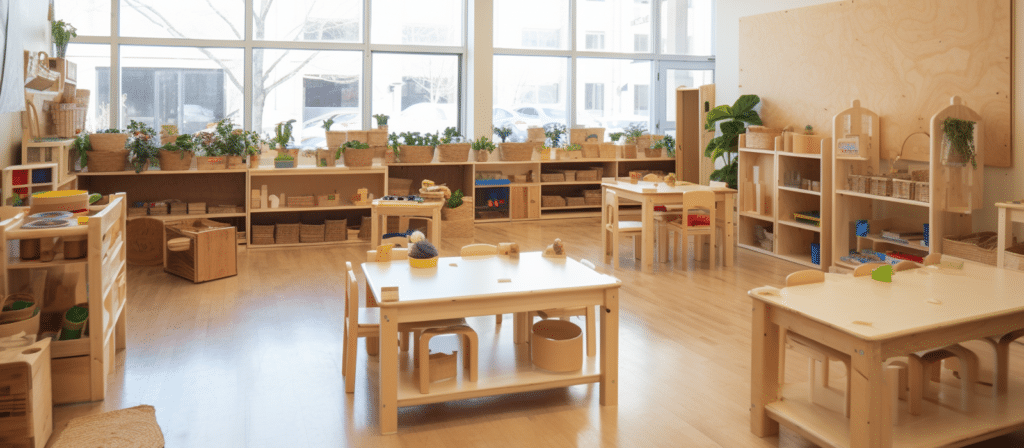
How can schools and parents advocate for adaptive furniture?
To ensure that special needs children have access to adaptive preschool furniture, it is crucial for schools and parents to advocate for its implementation. This can be accomplished through various means, including:
1. Education and Awareness: Schools can organize workshops and training sessions for teachers and parents to raise awareness about the benefits of adaptive furniture. By sharing success stories, research findings, and practical tips, they can empower stakeholders to advocate for the inclusion of adaptive furniture in preschool classrooms.
2. Collaboration with Suppliers: Schools and parents can collaborate with adaptive furniture suppliers, like BeeChair, to explore options and discuss customization possibilities. By actively involving suppliers in the decision-making process, they can ensure that the furniture meets the specific needs of their children.
3. Funding Opportunities: Schools can seek funding options and grants specifically aimed at enhancing inclusivity in education. By highlighting the importance of adaptive furniture in the grant applications, schools can secure financial support for the procurement of these essential resources.
4. Creating Support Networks: Parents can come together to form support networks or join existing advocacy groups. By pooling their resources, knowledge, and experiences, they can amplify their voices and advocate for adaptive furniture at a broader level.
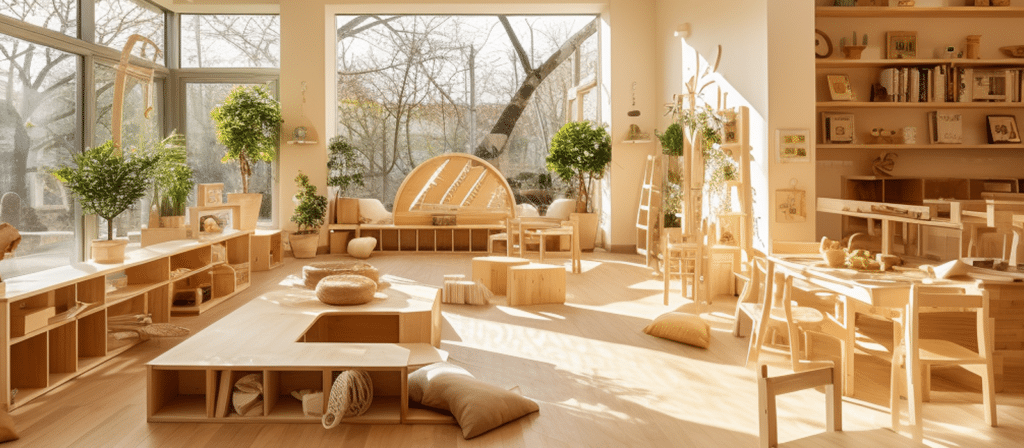
Conclusion
In conclusion, adaptive preschool furniture is an essential component of creating an inclusive learning environment for special needs children. It enhances inclusivity, promotes learning opportunities, and fosters a sense of acceptance and empathy among all students. By advocating for the implementation of adaptive furniture in preschool classrooms, schools and parents can ensure that every child has the opportunity to thrive and reach their full potential.
Let’s embrace the power of adaptive furniture and create a world where every child feels valued and included. Together, we can build a future where inclusivity is the norm, not the exception.

